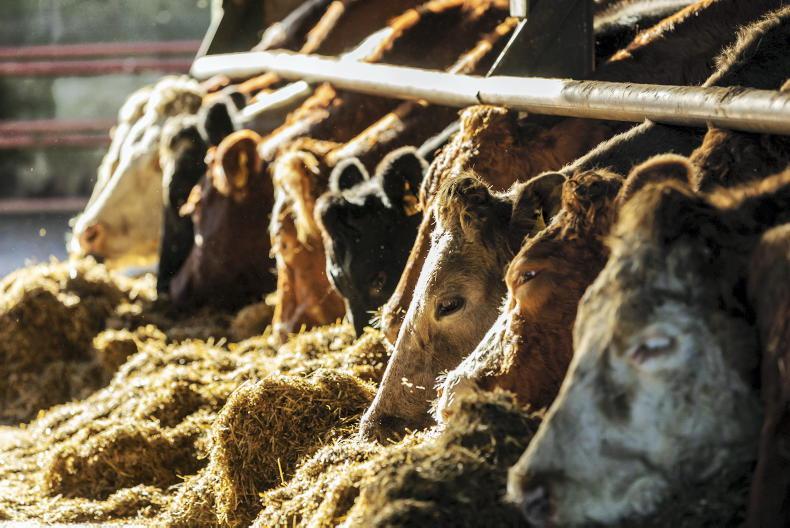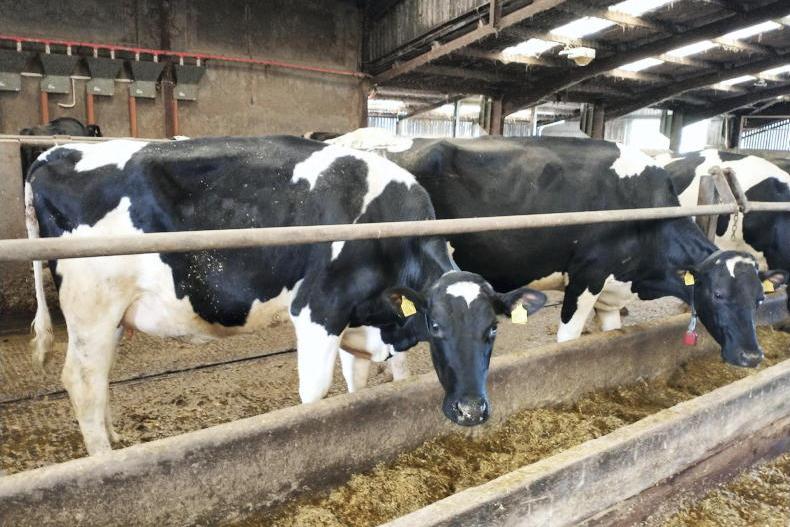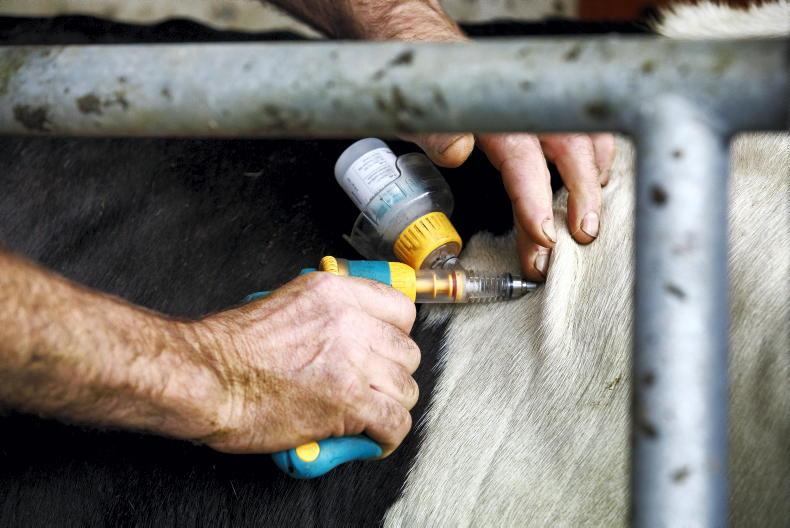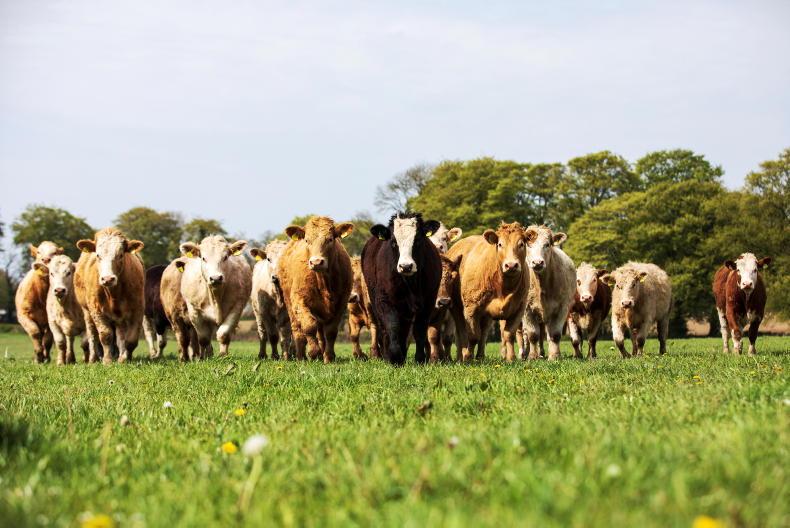Cattle farms are set to avoid EU requirements for industrial sites to need environmental permits to operate, after a draft update to the industrial emissions directive was agreed on Tuesday.
The European Commission had proposed taking beef and dairy farms larger than 150 livestock units (LU) into the remit of licensing and environmental reporting requirements for industrial facilities last year as part of its efforts to meet Green Deal pollution targets.
This would have required larger cattle farmers to put measures in place to cut methane, carbon dioxide, nitrogen oxide and ammonia emissions or else face fines.
The proposal to extend the rules to cattle farms was criticised by farming organisations and rejected by a majority of MEPs in a key July vote this year.
It was agreed in trilogues that the rules should only apply to pig and layer units larger than 300LU, broiler units above 280LU, rising to 380LU for mixed pig and poultry farms.
Door remains open for review
However, the agreement reached leaves the door open to the Commission to review the “need for EU action to address the emissions from the rearing of livestock” including from cattle by the end of 2026.
This review will also extend to the emissions associated with livestock products imported into the EU in a bid to ensure that any imports meet the standards farmers meet in the EU.
For pig and poultry farmers above the licensing threshold, a serious non-compliance with the terms of their environmental licence can see farmers facing penalties of at least 3% of annual turnover.
EU citizens affected by a non-compliance shall also be granted the right to claim compensation for any damages arising to their health.
The trilogue requires formal adoption by the European Parliament and European Council.
Pesticide plans axed
Meanwhile, last week the European Parliament rejected proposals to introduce a sustainable use of pesticides regulation, which would place legally binding pesticide reduction targets on each EU member state.
Irish Farmers' Association grain chair Kieran McEvoy welcomed the outcome of the vote by saying that achieving tillage sector growth to 400,000ha would have been jeopardised by the reduction plans.
“There wasn’t sufficient time given to discuss the full implications of what was proposed. If there is one learning from this outcome, it’s that policymakers have to engage fully before bringing new regulations forward,” McEvoy said.










SHARING OPTIONS